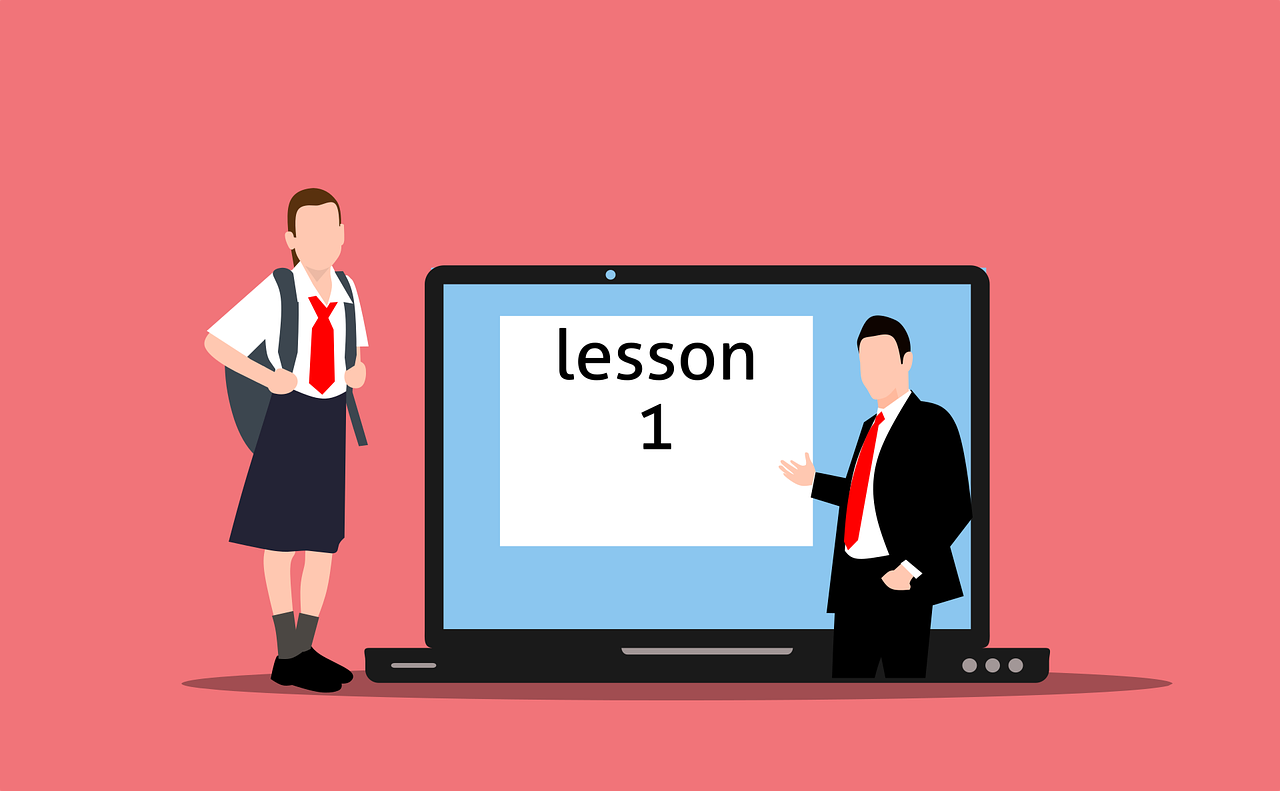STEM Lessons: Make Learning Engaging in Any Environment
From 3D printing to STEM-themed escape rooms, there are plenty of STEM lessons to make learning fun.

Educators can make STEM lessons engaging, tactile, and fun, whether delivered in-person or remotely.
That was one of the messages from educators who spoke during a recent Tech & Learning webinar hosted by Dr. Kecia Ray.
In this part two of a series, the theme was making the switch from hybrid to in-person learning. Educators shared STEM lesson plans that work well in various teaching formats.
“Engaging technology in the classroom is going to be absolutely critical, as we bring students back to the classroom full time,” said Scott Willett, vice president of sales for the Americas of Boxlight, Inc.
Watch the free on demand webinar here.
Key Takeaways
Strategies for engagement
Tech & Learning Newsletter
Tools and ideas to transform education. Sign up below.
Daniel Thompson, a science teacher at The Ron Clark Academy in Atlanta, shared three activities he found were effective at fostering engagement and science learning: science-themed escape rooms, a circuit box building lesson, and motion activities.
Motion activities. Thompson got his students learning about things such as gravity, with motion activities. For one lesson, he had students write down their weight and then multiply that by the gravity on the moon. “That would tell them here’s what your weight would be like on the moon,” he said. “And they would do that for Mercury, Venus, all the way down to Neptune, and that would tell them, ‘Hey here's what your weight would be like on that planet.’ Then what I would have them do is measure how far they can jump. Let's say they can jump 1.5 meters, they would write that down.”
They’d then use the same conversion units to calculate how far they could jump on other planets.
Circuit boxes. Thompson also had his students build circuit boxes using common materials such as cardboard boxes, batteries, and stripped-down Christmas lights. The lesson taught students about electricity and current, and provided an opportunity to express their creativity by decorating their circuit boxes and creating mini rooms that let their artistic abilities shine. “The kids get pretty detailed, they have Hulu, they got a picture of themselves,” he said.
Escape rooms. Thompson designed digital escape rooms that had his students racing against the clock to solve science puzzles and unlock various clues. Around Christmas, he had an escape room based on Santa’s workshop that incorporated many of the science lessons he had taught previously. He said that regardless of where and how he conducted the escape rooms, they were always a hit. “Their favorite thing to do by far was escape rooms,” Thompson said of his students. “I did these through Zoom and I did them in-person, and the kids loved it.”
The Power of 3D Printing
Shelley Emslie, 5th Grade Teacher at Swan River School in Big Fork, Montana, shared how she uses 3D printing as a fun way to get her students interested in STEM. While utilizing 3D printing can seem very technical, Emslie urged educators to try their hand at it, even without prior experience. “Don’t be afraid of 3D printing,” Emslie said. “The kids will take you along the journey and they actually will help you out tremendously.”
Bubbles of opportunity. One of Emslie’s favorite activities with her students involved a lesson building on children’s love of blowing soap bubbles. She had her students write out the formula for creating bubbles and then each one used the 3D printer to print their own bubble wand. “Then we hypothesized which ones would make the best bubbles, and the kids really enjoyed that,” she said.
Coral printing. Emslie had her students learn about coral reefs and the science involved. Then to make the lesson more tactile and engaging, she had them design and print their own coral pieces. “Then we did a coral wall, and it still is in my classroom,” she said. She added that students continue to find new and amazing ways to utilize 3D printing.
Printing for others. Emslie’s students also used 3D printing to make tools and goods for helping others. These included masks for protection from COVID-19, gifts for residents at an assisted living facility, and a glass with a handle designed to be held without a strong grip for a friend of Emslie’s that suffers from Lou Gehrig’s disease and who has trouble gripping cans, cups, and glasses.
Erik Ofgang is a Tech & Learning contributor. A journalist, author and educator, his work has appeared in The New York Times, the Washington Post, the Smithsonian, The Atlantic, and Associated Press. He currently teaches at Western Connecticut State University’s MFA program. While a staff writer at Connecticut Magazine he won a Society of Professional Journalism Award for his education reporting. He is interested in how humans learn and how technology can make that more effective.

